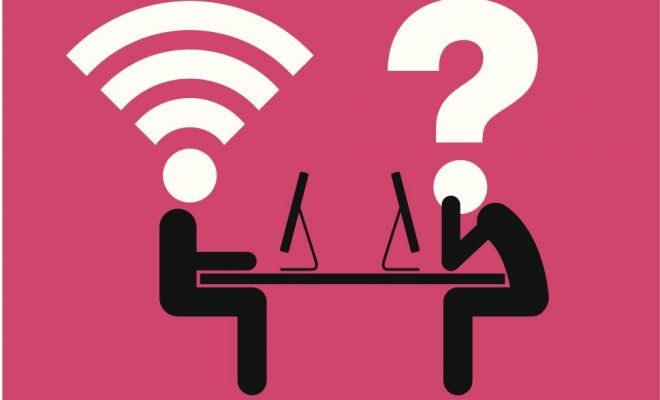What Will Higher Ed Hybrid Learning Classrooms Look Like?

Hybrid learning is a classroom model where some students attend in-person classes while some attend classes remotely. This teaching and learning approach has been proven to be a beneficial classroom model for increased student success.
Oftentimes programs that take place entirely online are criticized for lacking rigor. However, due to technology increases in the classroom, online schooling is not something to be frowned upon. Online schooling and in-person schooling do not need to be in competition but can be implemented in a way that does not favor one or the other. Remember, hybrid classrooms provide students with the same content; they just use different ways to present it.
Hybrid learning is currently viewed as the best option for education because it merges the best qualities of online learning and in-person learning. You get the online aspect of individualized instruction needed for some students to succeed while also assisting and guiding students in person.
Benefits of Hybrid Learning
Technology provides many personalized learning opportunities through different apps and software so students of all ages have access to extra practice when needed. Implementing hybrid learning has many benefits that exclusively in-person learning, or exclusively online learning, cannot do independently. Even students who attend the class in-person will have access to these online resources for their reference whenever they need them.
This type of learning also gives students from all over the world the opportunity to attend classes at their desired school. Allowing students to attend class online opens up many opportunities for people who may not otherwise be able to afford in-person schooling.
Hybrid learning can also make education and professional learning more accessible to older adults. For example, someone who wants to upgrade their degree may not be able to because they have to attend a full-time job. However, with hybrid learning, attending a class would be easier because you would be able to do it from anywhere.
In addition to providing extra educational opportunities, hybrid classrooms in higher education can prepare students for future careers; students can use software and technology similar to those used by their future employers. Hybrid classrooms also prove to potential employers that students are equipped with 21st-century skills necessary for the workplace.
Challenges of Hybrid Learning
Although hybrid learning has many benefits, there are also some drawbacks to this classroom model. One problem with the hybrid learning approach is that it doesn’t allow online students to practice their soft skills as easily as in-person learning does. Some examples of soft skills are communication through speech and social ability. If a student is strictly online in the hybrid classroom, it does not allow them to verbally communicate with other students easily, which can negatively impact their social skills.
Additionally, people who choose to be online during hybrid learning cannot practice certain skills for their desired profession. For example, an engineering student may be able to practice proposing a design idea within the classroom with immediate teacher feedback. An online student does not have that opportunity to perform and receive that feedback, which can be essential. However, some universities have begun implementing ways to provide online students with the same opportunities. For example, online students may be asked to submit a video of themselves doing the required skill, and the teacher will then offer them feedback.
Conclusion
If you consider a hybrid learning approach for your higher education classroom, you will be working with students in-person and online. Remember that this hybrid approach will help you gain access to students who may otherwise be unable to attend your classes. So, if you are ready to incorporate more technology in your classroom, give hybrid learning a try today.






